I think by now, there is no surprise for anyone that I love polymer clay. As an artist in this field I grew-up reading and testing techniques from books written by pioneers in this field. One of these artists is Lisa Pavelka. She was a model for me since the beginning and keeps surprising me even today. I wanted for a long time an interview with her and when I approached her I had the pleasant surprise to discover a very kind and warm person. A true artist that is willing to give guidance to beginners. No secrets and no evasive answers in this interview! I really hope it will be helpful and inspirational for everyone, as it surely was for me. I let you enjoy this long, but great interview.
 Hello Lisa! I know you as an polymer artist and business woman in this field for a long time, but can you tell me how it all started? Maybe it’s a cliche question, but every artist has a nice story about hers or his beginnings. Do you have one?
Hello Lisa! I know you as an polymer artist and business woman in this field for a long time, but can you tell me how it all started? Maybe it’s a cliche question, but every artist has a nice story about hers or his beginnings. Do you have one?
I’ve always been artistic. I dabbled with painting, stained glass and other mediums. I was looking for a creative outlet that was safe to do with small children around. I left my career in television, temporarily in order to be home with my young children. I found FIMO clay (this was in the 80’s) and the rest as they say is history!
You are one of the pioneers in polymer clay, how did you fell in love with this medium and why do you recommend it to other artists?
I fell in love with polymer clay for many reasons. Some of those include the fact that you could walk away from it and come back. You could also work with it hours, days, months, and even years later! I loved that it was non-toxic, which was so important around children and pets. Colored polymer clay was fairly new. The potential for custom blending was huge! I loved the workability of clay and the unlimited potential for the medium. I also loved that it could be combined with other, bake-able materials. Even though the Internet wasn’t available at the time I got started, and there were no books/magazines to speak of yet, I could see this material had incredible range.
As I said in the beginning, you are also a business woman, how has this chapter started? What made you decide to make tools for polymer clay?
They say that „necessity is the mother of invention.” I believe desperation is! My product line evolved out of true need and not a desire to start a product line-based business. I couldn’t find tools, materials, and textures I wanted for my work. So, I started working on my own textures, adhesive, etc. I thought that if these items worked for me, they may be of interest to other clayers. Thank goodness they were or I would have ended up with 5000 bottles of Poly Bonder glue stuck in my garage! I have many more ideas for products that I hope to bring to market, but the process is more expensive and complicated that many people realize. I’m working on it though.
Source: Lisa Pavelka
I really appreciate and use your texture stamps – tell me their story. Why and how did you create them?
I had texture stamps by the hundreds, but there were still patterns I wanted, but couldn’t find. I began to work on these myself. I partnered at first with Stamp Oasis for my first four designs. Later, when that company closed, JHB International became my licensee for my products. They worked with me to bring out my new designs. Some I draw by hand and have refined and others I do directly on the computer with Adobe Illustrator. My product line is currently represented by The Great Create. New stamps are in the works. People sometimes ask why I don’t make them thin enough to fit into the pasta machine? The reason is because I use them for Mica Shifting and techniques I developed such as the Sutton Slice, Textile Effect, and Pavelka Peel. For these methods, deep, detailed designs are a must. To make them more shallow and thin enough to roll through a pasta machine, I’d have to sacrifice depth and dimension.
Source: Lisa Pavelka
Click HERE– to see Lisa’s tutorial using textured stamps
You also wrote books about polymer clay and maybe you were one of the first ones to make it, but if you would decide to write another, what would it be about? Do you think that all was said and done for this medium (polymer clay) or still are techniques and things to discover?
My first three books (with North Light) were more project oriented. My last clay book was with Taunton Press. It is more comprehensive on application and technique and focuses less on finished projects. In all my books, regardless of whether someone likes the project or not, my focus is two-fold. The first is technique. I like to use concepts that are easily adaptable for use in new directions. The second aspect I concentrate on are design concepts. These too can be modified and used interchangeably with other technique for different looks and applications. There will always be new techniques used for polymer clay. I’m confident of that. I think we don’t see innovations come out quite as frequently as we used to when the medium was in its’ infancy. There’s such a large body of information out there about polymer clay today, but we’re not done discovering the directions it can take us.
Tell me an insight, that I am curious about: how is it like to be a pioneer in this field, to create tools that are used by other artists, to inspire the way your work does?
It’s such an honor and privilege that anyone thinks of me in those terms. I’m incredibly grateful for the people who use my products. I don’t introduce products or tools quickly, or without a lot of thought. As an artist, I want to offer things that I think have real value or make working with clay easier for other artists. I’m so lucky to meet so many people. It brings me great joy when people take the time to reach out to me when they like something I’ve created or feel something I have done is inspirational. Many of my friends came to me through this manner.
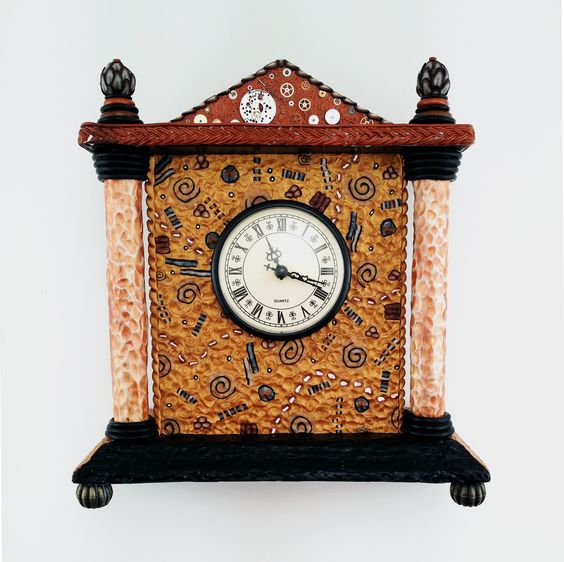 Source: Lisa Pavelka
Source: Lisa Pavelka
What do you wish and still didn’t accomplish in this field?
I just want to continue helping people find their „inner artist” (my business tag line), and help them find the confidence to try something they’ve never done before. We all have our inner voice that can hold us back and sometimes even the most inspired of people get blocked and hit the creative wall from time to time. I feel like my purpose (aside from being a wife, mother, and friend) is to be a conduit to help others on their creative journey.
Source: Lisa Pavelka
I befriended you on a social media platform and I noticed you have a beautiful family. Who is Lisa Pavelka at home, the woman, not the artist Lisa Pavelka?
It’s apparent by now that what was to be a temporary side-line turned into my full-time career (30 years later). My family appreciates what I do and offer tremendous support. The most extraordinary people in my life are my family. I’m so proud of them and what amazing people they all are in their own right. I’m blessed beyond belief and in more ways than I can count. I couldn’t do what I do without them, especially my husband, Allen.
Based on your experience with polymer clay, do you think that the public’s opinion regarding, for example jewellery from this material has improved? Do you think that polymer clay jewellery can beat the ones from precious metals/stones? This is a problem that I, as a person who works with polymer clay, have to deal with many times. How to impress the public when they learn from what material a certain piece is made? Even if the creations are beautiful.
I do believe that people are more accepting of polymer clay as an artistic medium, including it’s use for jewelry. I believe that it’s not the medium that makes something art, it’s what you do with the medium that makes it art.
Most polymer clay work still doesn’t compete with the creations of precious metals and stones, but more and more artists, are incorporating these materials into their work. The quality of some polymer clay work is truly groundbreaking. Artists who also create with high end materials in mixed media applications for polymer clay are helping to change perceptions. There are many reputable galleries, museums and art critics who are beginning to acknowledge polymer clay as a genuine art medium; not just something for children and hobby crafters. As an Art Clay Silver Master, I incorporate my fine silver work into many of my creations. This increases the value and perceived quality that people regard my work with.
I think that a lot of the voices who knock polymer clay as “ just plastic” or “a children’s toy,” do so out of feeling threatened or jealous of the potential and versatility of the medium. There are so many things that can be done with polymer clay, that can’t be replicated with other materials.
It’s important to educate the art world and the public. As an inexpensive material, the value of exquisitely crafted polymer clay lies more in the labor, skill and the depth of experience the artist brings to each piece. Whenever possible, I demonstrate the work I’m doing or offer step-by-step photos/samples of some of the process used in making my work. This way customers can truly appreciate how labor intensive and skill-based the medium is.
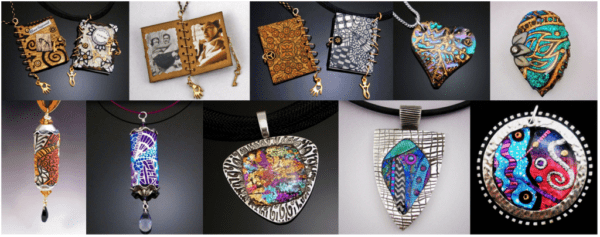 Source: Lisa Pavelka
Source: Lisa Pavelka
What is the secret for success in your opinion?
Marketing is incredibly critical. Most artists (including myself) are not truly comfortable with self-promotion. It can feel like bragging. Unless you can afford a full-time publicist to promote your work, it’s mostly up to the artist to do this. I’ve learned it’s not so much what I say, but how I say it, when talking about my work. I also am careful to let people open the conversation about my work and then allow them to lead further questions such as do I sell my work or teach the techniques. I never push too much information about my work on someone. A carefully crafted statement about your work or technique as an artist, often is the beginning of a stream of questions from a potential customer.
Any success you gain should always be used to further your reputation and customer base. Publicity must continually be sought. Artists are seldom approached for an article or interviews out of the blue. You must seek this type of exposure out for yourself. If you’re too shy to toot your own horn (and it can be done subtly and with a degree of humility), you’ll find it almost impossible to have any degree of success as an artist.
I find that many people wait for the door to knock or the phone to ring. They wonder why no one notices their incredible talent?. It’s not luck and it’s not serendipity. You make your own luck and success. An artist has to take responsibility for their success. Artist’s also have to become very comfortable with rejection. That occurs more often than not.
It’s easy to be on the outside looking in, at people who are viewed as successful. Unless you’re their best friend or a family member, you have no idea what their story is or how hard they’ve worked to get where they are. We tend to only see instant success. I would say that for every hour at my studio table, there are at least 8 – 9 hours of writing, correspondence and marketing effort put into my career. A lot of people don’t have the patience or stomach for that type of commitment. It’s hard not knowing how well you’ll do at a show or fair. It’s scary to know you might not make enough to pay the rent or put food on the table. The unknown, which can vary from month-to-month and year-to-year, can be daunting. For some, rejection is too personal and that’s what stops them in their tracks.
Lastly, presentation of your work is incredibly important. Packaging, display, tags, literature that tells something about your materials and you as an artist is critical. Having good tools to package, market and display our work can have a huge impact on the perceived value of your work.
Source: Lisa Pavelka
As I told you I am writing for a Romanian handmade magazine. Do you know any artist from my country or did you have contact until now with our handmade market?
You’re my first polymer clay artist friend from Romania! I have several dear friends from Eastern Europe including The Czech Republic, Serbia and Slovenia. I hope that anyone in Romania can feel free to reach out to me if I can be of help. What works for me as an artist, doesn’t work for everyone else. No matter how hard you work at your art, or how diligent you are to promote yourself, no amount of success happens alone. It’s through the generosity of others who have advised, helped, or offered opportunity, that I have reached this stage in my career. I think it’s essential to “pay-it-forward” by doing what you can to empower others.
Also regarding success in this field, what would you advise our readers that are just starting on their artistic path?
For anyone just starting out, I’d say don’t be discouraged that there isn’t room for you to shine. There will always be more room for artistic stars! Most people will be happy for your success, and others may not. Put your energy into getting better and better all the time at your craft. Ultimately, the secret to success is perseverance, discipline, belief in your dream, and only putting stock into the opinions of those who support and believe in you.
Also, I don’t get to see so often your creations, but it always gives me the impression of a clear style. Even in your book where you test different techniques, everything seems to be from the same story. How have you accomplished this? We had in our magazine a lot of articles regarding the „personal style” topic. What would you advise our readers to do in order to have a style that is original and can be recognized from a hundred?
I get this question a lot. I remember when I felt that my creative voice wasn’t obvious in my work. It was something I recognized in other artists and longed for in my creations. The harder I tried to achieve that, the further it seemed to be from happening. I think of it like dating. When you’re surrounded by friends who were all with someone else, and you weren’t; it seemed the more you wanted to meet someone, the harder it was to do so. It was only when giving up on dating and really finding comfort in being alone that interest from other starting pouring in. I realized that my desperation to achieve a personal “style” in my work, was what was preventing me from achieving it.
It was only when I let that longing to have a personal style go, that it later emerged. It didn’t happen over night. I decided to focus on skill mastery of the techniques that I liked. Before I knew it, my creative experiments began to reveal a personal style. It seemed like magic! Again, this approach may not work for others. I’ve shared this approach before with others. I’m happy to say that many people have come back to tell me that after doing the same thing, they too began to develop a personal style. Even though there are many directions that my work goes in, because I have somewhat of an eclectic approach, I’m always pleasantly surprised when people recognize my work without having any obvious identification indicating me as the artist.
I hope my questions weren’t to invasive, but you are – and I repeat myself – a model for me and I really hope that this interview will inspire also others. Thank you very much Lisa for this interview and continue the good work you are doing!
The questions were great. Thank you also!

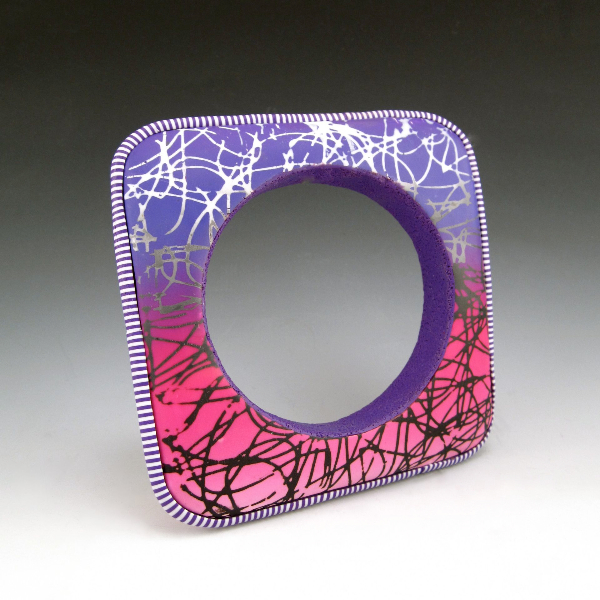
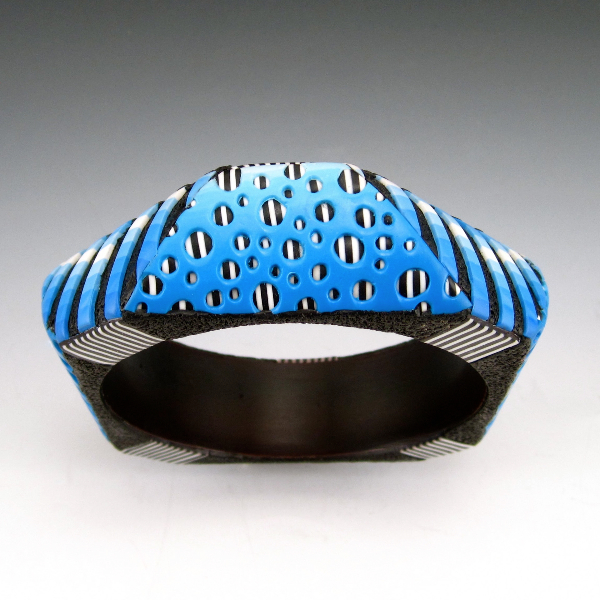

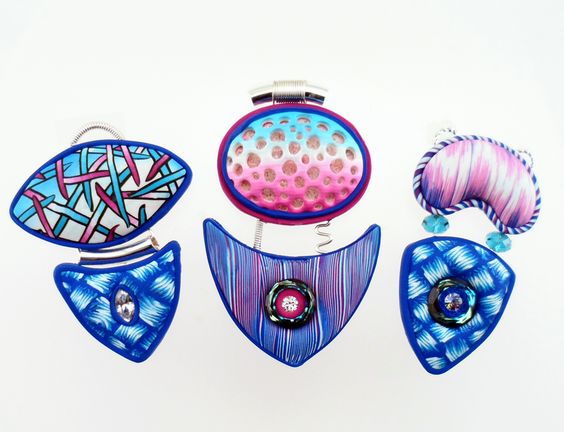
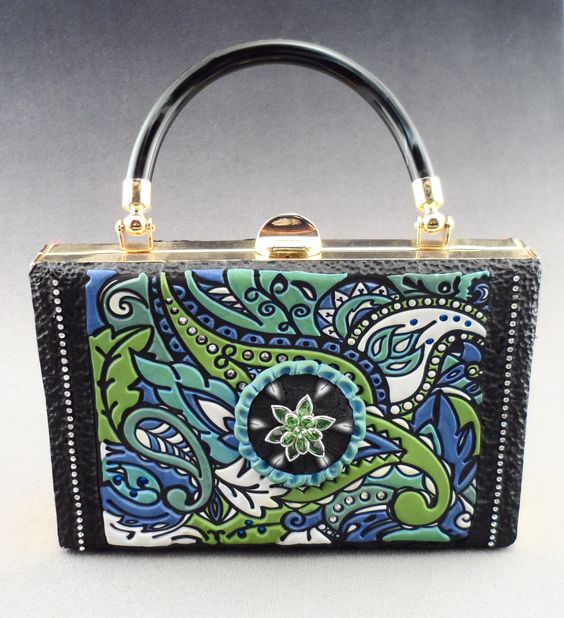
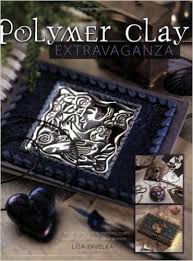
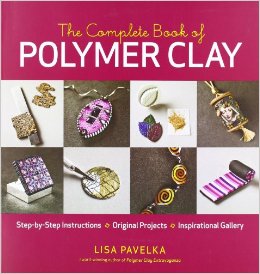
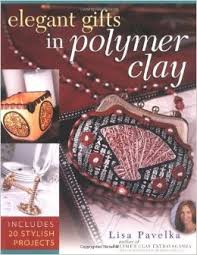
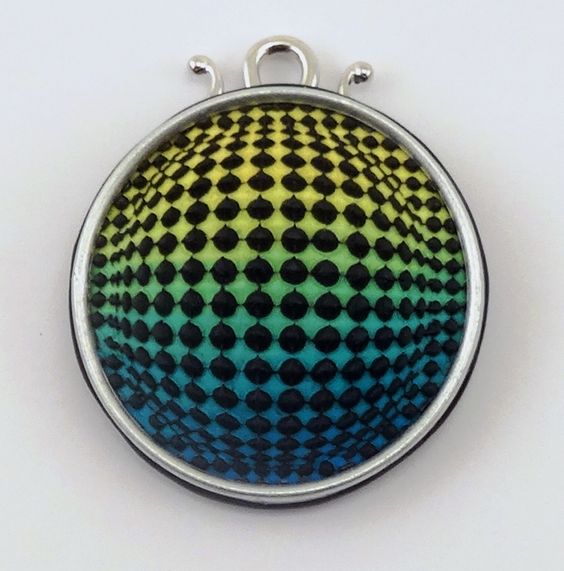
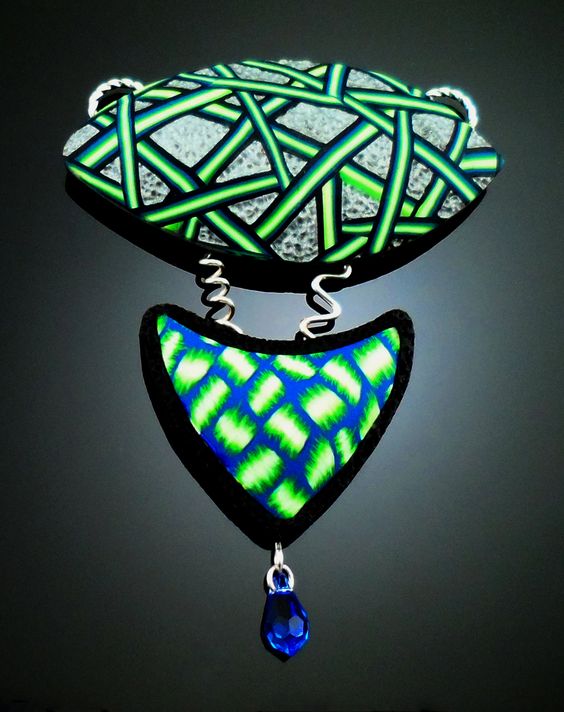
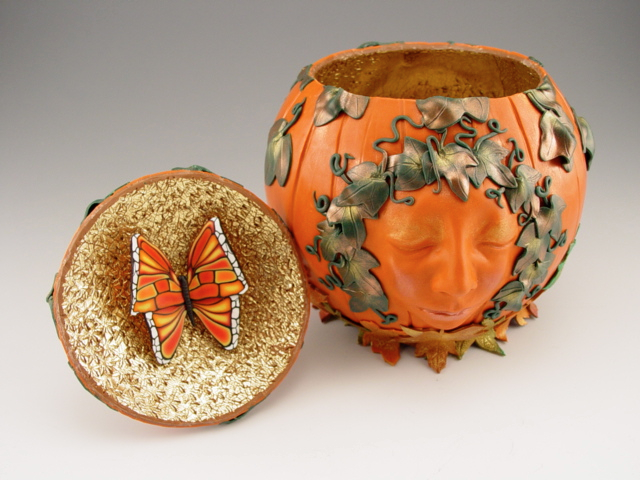
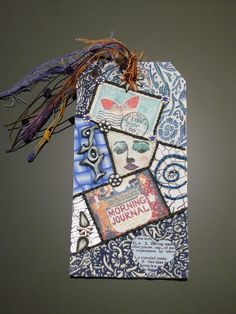
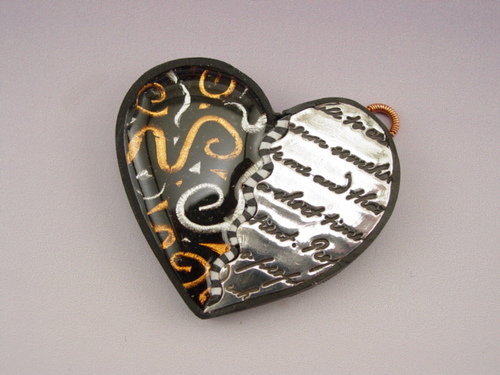
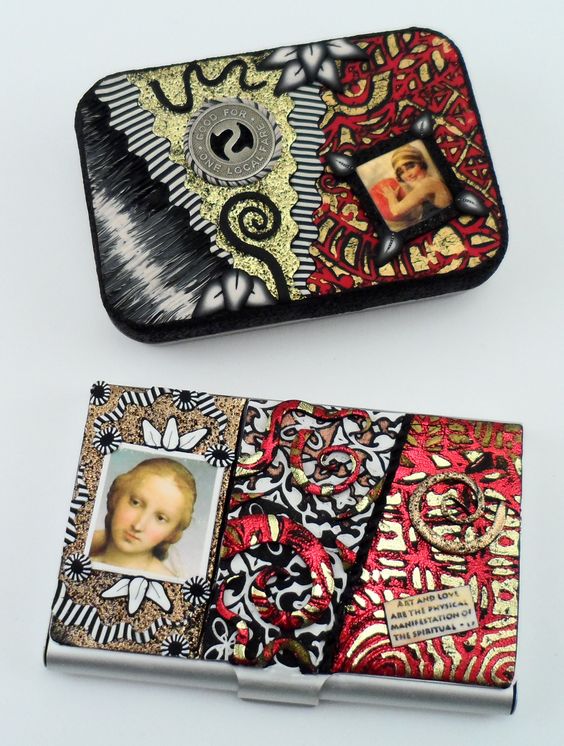
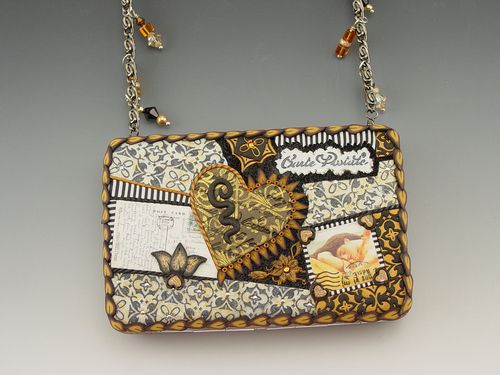


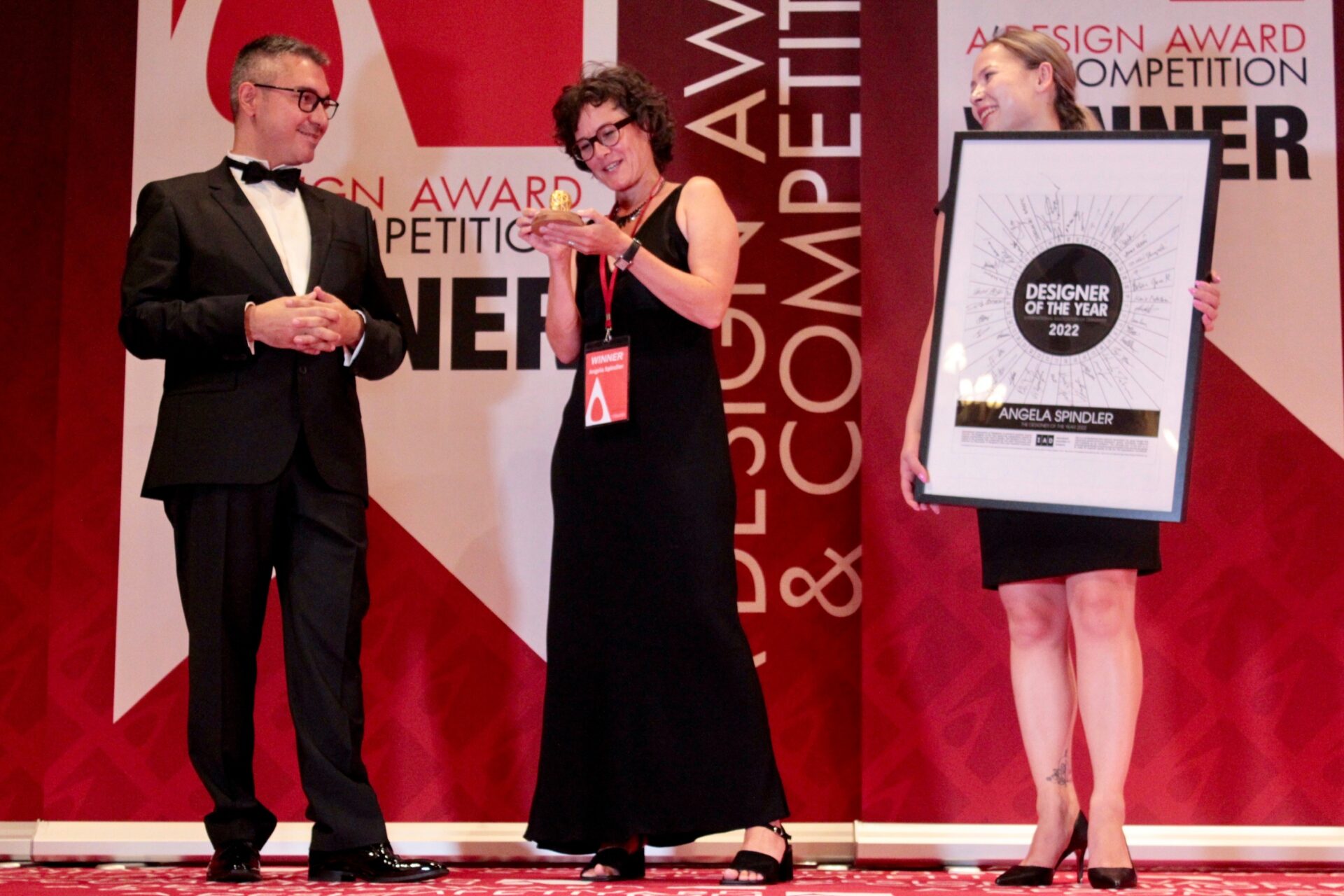
NO COMMENT